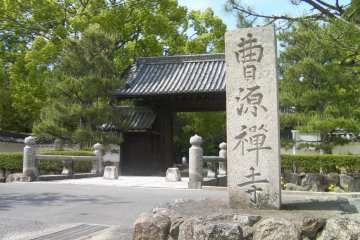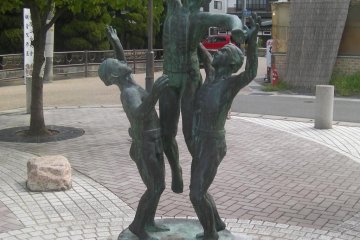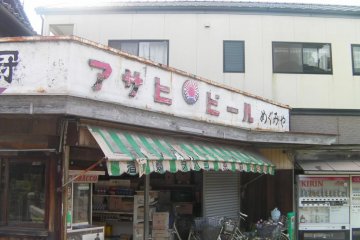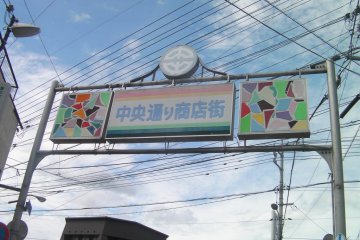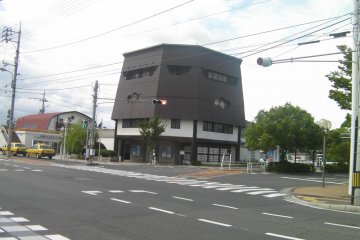Several years ago I was in Izumo, Shimane Prefecture and a local woman asked me where I lived in Okayama and I replied, “Saidaiji”. “What’s that, a temple?” she retorted. Actually, she wasn’t far from the truth. Not to be confused in anyway with Saidaiji Temple in Nara or the area in western Nara City, Okayama City’s Saidaiji has a story worthy of being told.
What is now the area of Saidaiji used to be a city unto itself until 1969 when it merged with Okayama City. Before the merger it was known as Saidaiji-cho, not to be confused with the Sadaiji-cho shopping arcade of central Okayama City. Saidaiji-cho and nine other villages in the southeastern part of Okayama Prefecture became Saidaiji City in 1953. This lasted for sixteen years until the pressure to expand Okayama City became too great.
Of course the name Saidaiji has been overshadowed by the rise of Okayama City’s status as a Special Designated City. What was previously the Saidaiji branch of City Hall is now called Higashi-ku or Eastern branch. What used to be the Saidaiji Police Station is now the East Police Station. Little by little the chances to say the word “Saidaiji” are fading away. There is still the Saidaiji Eiyo, commonly known as the Hadaka Matsuri or Naked Man Festival in English, to keep the name alive.
Perhaps two things that define Saidaiji are the bus and the train. If fact, the battle between these two forms of transport made the city what it is today. Back in 1960 Saidaiji had a chance to have the Sanyo line stop at its train station. People were greatly against this because it was thought that this would harm the popular bus service. This decision turned out to be detrimental as bus service declined anyway due the car boom. In 1962 Saidaiji settled for the Ako line, which runs far less frequently that the Sanyo. In some regards this transportation debacle has conspired to keep Saidaiji somewhat off the beaten path.
A decent cyclist can get to Saidaiji in 40 minutes from Okayama Station where it would take 20 minutes by local train. Walking around the central area of the old city will take you back in time without requiring much imagination on your part. It’s a great place to walk as with most areas of Japan because there are sidewalks everywhere. Near Saidaiji Kannon-in Temple there is a stream that zigzags between the houses and light adorned bridges that you will never forget.






